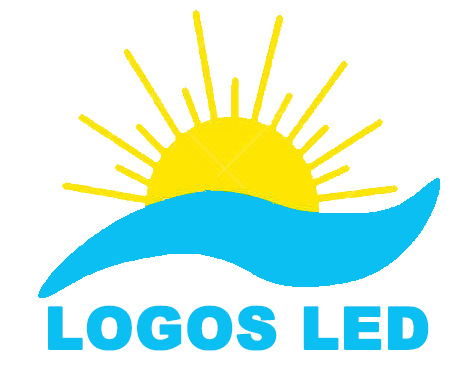How LED Lights Are Affected by Heat
How LED Lights Are Affected by Heat
Compared with incandescent lamps and fluorescent lamps, LED has the advantages of high light efficiency, long life, fast response, and environmental protection. LEDs are cool to the touch because they don’t usually generate heat in the form of infrared radiation such as that given off by the sun, heating coils, or incandescent lamps. That makes them perfect choices for places where heat creates problems. But it’s not true that they don’t produce any heat.
For LED lamps, multiple LEDs need to be integrated to meet the required lighting requirements. However, the photoelectric conversion efficiency of LEDs is not high. Generally, only part of the electrical energy is converted into light output, and the rest is converted into thermal energy. The heat will increase the temperature of LED lighting products and shorten the life of LEDs. Therefore, for high-power LED lighting products, the heat dissipation problem is the key. The heat is generated from the LED chip and is transferred through heat radiation, heat conduction, and heat convection. LED itself does not have infrared and ultraviolet rays, so it has no radiation and heat dissipation function, mainly through conduction and convection. Generally speaking, LED lamps have a heat sink, which is the main medium for heat dissipation. The heat energy generated by the LED is conducted to the surface of the heat sink. After the heat sink absorbs the heat, the heat is dissipated by convection. In the process of convection heat dissipation, the heat dissipation area will affect the heat dissipation effect. Therefore, the back of the heat sink of the LED lamp will be provided with heat fins to increase the heat dissipation area and improve the heat dissipation effect.
The temperature rise is an important parameter to test the heat dissipation effect of LED lighting fixture. he higher the temperature rise of LED lighting fixture, the worse the heat dissipation effect of an LED lighting fixture.
For instance, a 100-watt incandescent bulb only converts 5% of its energy consumption to visible light, while up to 40% of an LED’s power goes to the light. Of course, that means that over half of LED power is “wasted” as heat, and that heat has to go somewhere. For LEDs, that somewhere is into a heat sink in the base of the bulb that draws the heat away from the device to dissipate into the surrounding air by convection, like a radiator does. Poorly designed heat sinks can let the internal temperature of an LED rise, and as its temperature rises, its lumen output decreases along with its wavelength output, plus its useful life is shortened. On the other hand, good-quality white light LED products don’t overheat and can have useful lives of up to 50,000 hours or more.
How efficiently an LED’s heat is dissipated is influenced by a number of other design factors besides its heat sink, ranging from how the light diodes are mounted, whether they are encapsulated in a housing, and even the types of adhesive used in constructing a fixture. Poorly designed fixtures can compromise the performance of even the best LEDs. That’s why it’s important to buy only well-designed LED fixtures that take the thermal performance of the entire system into account. Otherwise, you won’t get long-term performance at the LED lighting fixture’s specified ratings.
If you have any questions about LED lighting fixtures with good heat dissipation, welcome to contact us directly.

